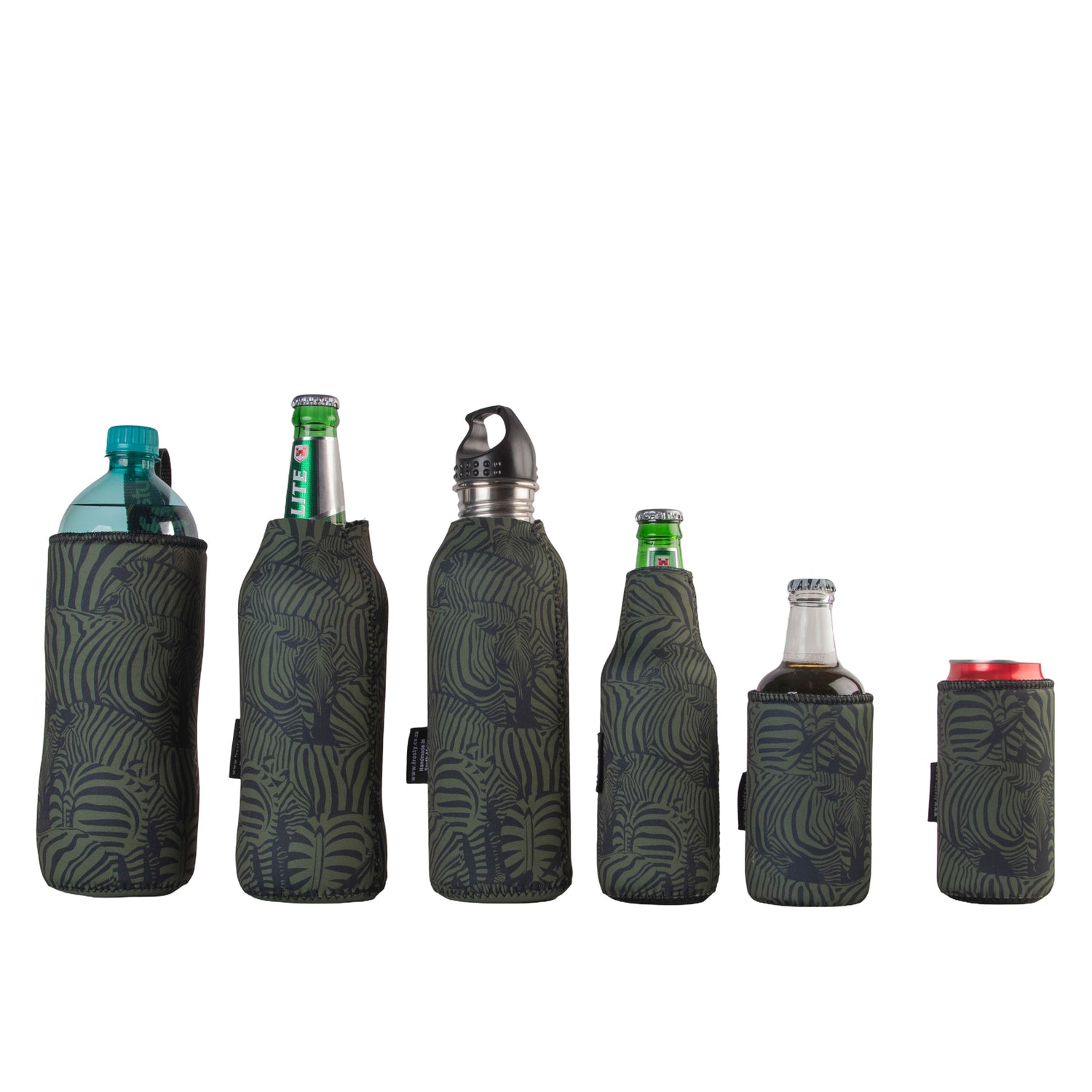SUPER 15 RUGBY – FIFTH WEEK
Share
How rugby has changed:
When I first watched rugby, in 1946/7,
1) A drop counted FOUR, a try THREE – went to FOUR and now FIVE.
Other changes since then:
2) All kicks from the centre line were place kicks.
3) Lineouts could stretch across the field
4) Wings threw the ball in at lineouts
5) Forwards in the lineout could stand shoulder to shoulder
6) Players jumping in a lineout could be 'taken out' in the air
7) Players jumping to catch a high ball could be tackled in the air – this happened to me playing for Rhodes University in Somerset East in 1958: ligaments ripped off the lower back. (So I was left in hospital, where I encountered a relatively unattractive nurse named Alena, who, when she'd given me a shot of pethidine, turned into Elizabeth Taylor. It took a month to recover.
8) To convert a try, the kicker had to have another player holding the ball off the ground. He then lowered the ball to the ground shortly before the kicker kicked.
9) Scrums were formed by a short, aggressive charge to engage – many neck injuries.
10) Locks bound round each other’s waists not between the legs of props.
11) Flanks could follow the ball round the scrum as it was heeled by the opposing side – in a match at Loftus in 1962, Rhodesia VS Northern Transvaal, our scrum was so outplayed that Oupa du Pisanie and the other flank, sometimes picked up the ball we had heeled before out scrumhalf, Vic Lasky, could get it.
12) Tight heads could bore in on the hooker.
13) The scrumhalf had to put the ball in straight: this meant there was something called a 'heel against the head', involving very skilful play by the opposing hooker – today the ball is put in skew 90% of the time, which makes most scrums a farce.
14) Defending backs could line up in line with the eighth man's feet and from lineouts could stretch across the field on the advantage line.
15) Jerseys had long sleeves and collars.
16) High tackles were legal and frequent, many by grabbing the collar and hurling an opponent into the ground.
17) Tackles 'without arms' were ignored.
18) Passing was done without the modern, much-overrated 'spin'.
19) There were no kicking tees for penalties at goal – the kicker had a choice of making a hole with the heel of his boot and placing the ball in it or building a mound of sand to place the ball on.
20) Before playing the ball with hands in 'loose play', a player had to tap it with his boot first.
21) There were none of the modern 'rolling mauls'.
22) Dribbling the ball ahead by forwards played a fairly frequent part of their play.
23) On the whole, attacking forwards stayed in the middle of the field hoping for a cross kick from the wing and ready to advance to break downs and engage in loose scrums. (Today the nearest man to breakdown is involved, be he wing, centre or fly half – this means, often, that the side receiving the ball gains an advantage of a speedy wing or centre being faced with the often fruitless tackles by props and locks opposite them, and many tries ensue, What's the solution?)
24) On attack, fly halves often executed diagonal kicks to the corner flag – now called 'cross kicks' for some incomprehensible reason.
25) If a player placed the ball across the try line and any part of his body touched the corner flag, the try was disallowed.
26) Knock-ons were whistled if a player fumbled the ball forward even if it didn't touch the ground. 27) Any player could kick the ball directly into touch from anywhere to cause a lineout.
28) When catching a ball in the 25 yard area, in order to 'make a mark', the player had to dig his heel into the turf and shout 'Mark!'
29) Balls were brown in colour, often of heavy leather – the same with lace-up boots.
30) The wing throwing the ball in at the lineout HAD to have his feet behind the touchline.
31) Support of the lineout jumper and the receiver from a kick-off was not allowed.
32) Scrumhalves in those days almost never executed a 'box ' kick.
33) The grubber kick and chip were used – almost as poorly as they are executed today.
34) A try then was awarded only if the player concerned pressed the ball into the turf behind the try line with one or two hands on it firmly – none of the 'downward pressure' stuff of today or pressure on the ball from the waist up.
35) Results then suggest that, in international test matches, local refs were invariably biased – the Springboks won only once in NZ (in 1937) and then much later after neutral refs took games: same with NZ teams and others in this country. (Two examples: 1949 4th Test - Crusaders Ground, Port Elizabeth: SA VS NZ – Henderson, All Blacks left wing, I was firmly informed, scored a legitimate try in the far corner from me. I was 12 and in 'standing room' so couldn't see. Try disallowed by SA ref Ralph Burmeister; Max Blaise's denial of a try to Fergus Slattery at Ellis Park on the 1974 Lions tour. There is no conclusive proof that bias was shown but it's led to neutral refs today.)
36) All this statistical crap about 'carries' is part of an increasing American influence – e.g. defenders barged out of the side of rucks as in US football; if the 'carrier' today runs five metres, it's recorded and acknowledged as good play even if he loses the ball to the opponents – absolute crap! 37) Refs were not 'wired', no TMO obviously, no replays.
38) No substitutes for injuries or otherwise!
39) The ref was sole judge of time – disastrous sometimes. Many controversies.
40) No yellow cards or reds – a man could be sent off for dirty play and this meant for the whole game......
What have I left out??
A few comments on the matches:
- Lions VS Crusaders: Lions simply outplayed in almost every sphere. Home side's discipline was inexcusably poor
- Canes VS Stormers: Schreuder much more influential and Grant more organized I felt. Pity to lose, but a fair result for the visitors. Once again, when Stormers needed to retain possession at the final whistle, they kept the ball without error. If then, why not during the game?
- Cheetahs VS Chiefs: A truly great game. But! Despite Naka Drotske's comment that 'we'll continue in the second half with our attacking game plan', they 'protected' their lead – usually disastrous and nearly so this time. The message at half time to the home team should have been, starve them of the ball. Play in their half, defense must be impenetrable, count your tackles! Take your opportunities, attack whenever possible; but don't lose the ball. The Chiefs had other ideas, They dominated possession and territory. So 43-43, a great result for the visitors after the score at half time. The match turned when Goosen went for too much distance – why? - Missed touch and the Chiefs contrived to score after a dazzling set of moves. There's one place where the Cheetahs lost the game.
- Force VS Reds: What a game! The Force played their hearts out for the full 80 minutes and won an historic victory when Haywood showed determination, skill and speed to score in the final minutes.
Enjoyed the other matches – nothing much to say...

Neil Jardine
Captained Rhodesia 1962 – 1969 Rector of Michaelhouse. (1978-1986)
"Rugby is a thinking game – its’ not a running or a kicking game. This mania for running with the ball and playing open rugby at all costs is stupid – you must adapt yourself to the circumstances and play to your strength"
Now 50 years later Niel Jardine writes for Frosty Rugby Fans ...

